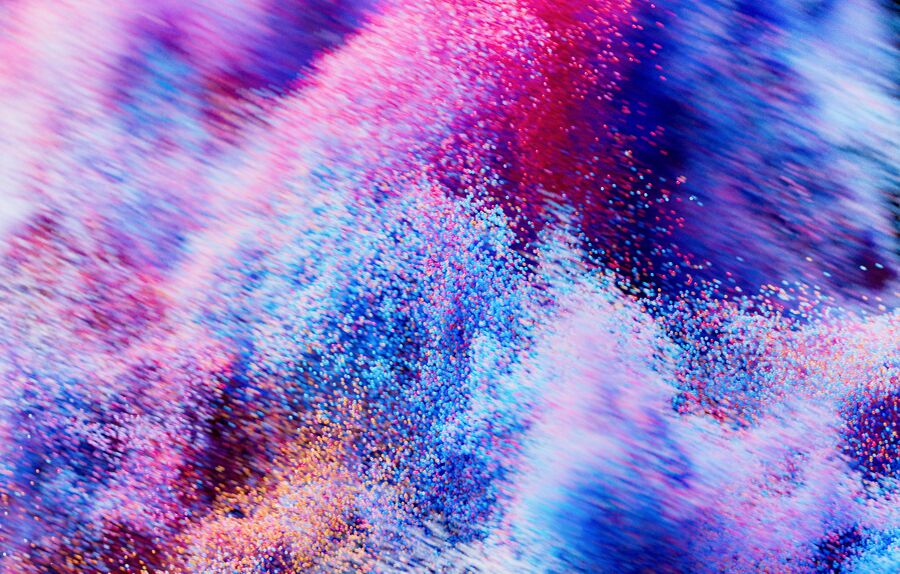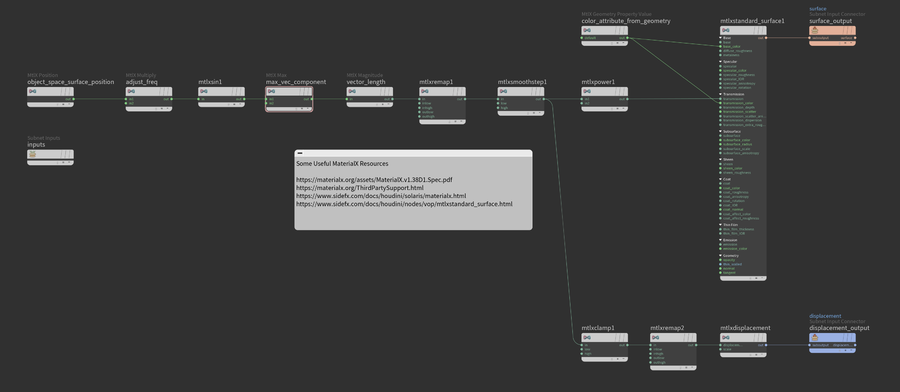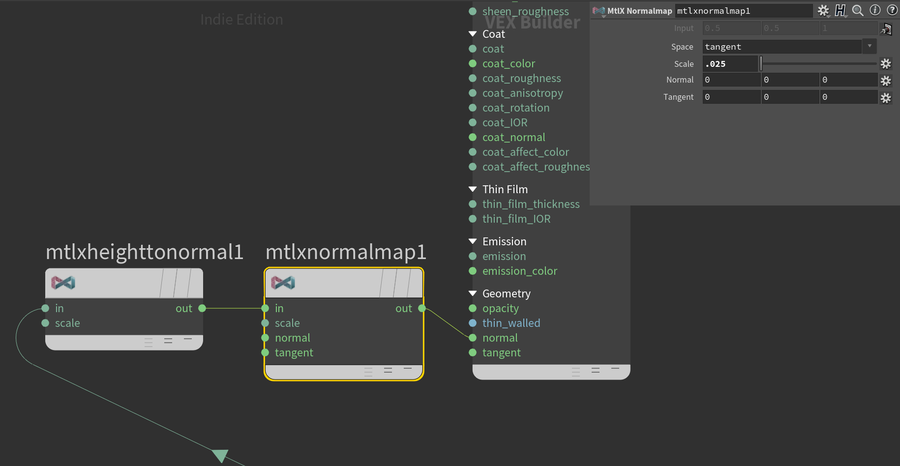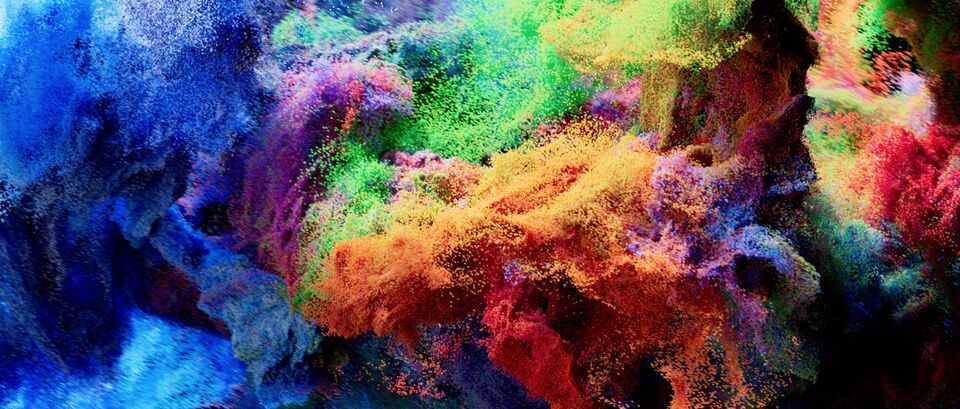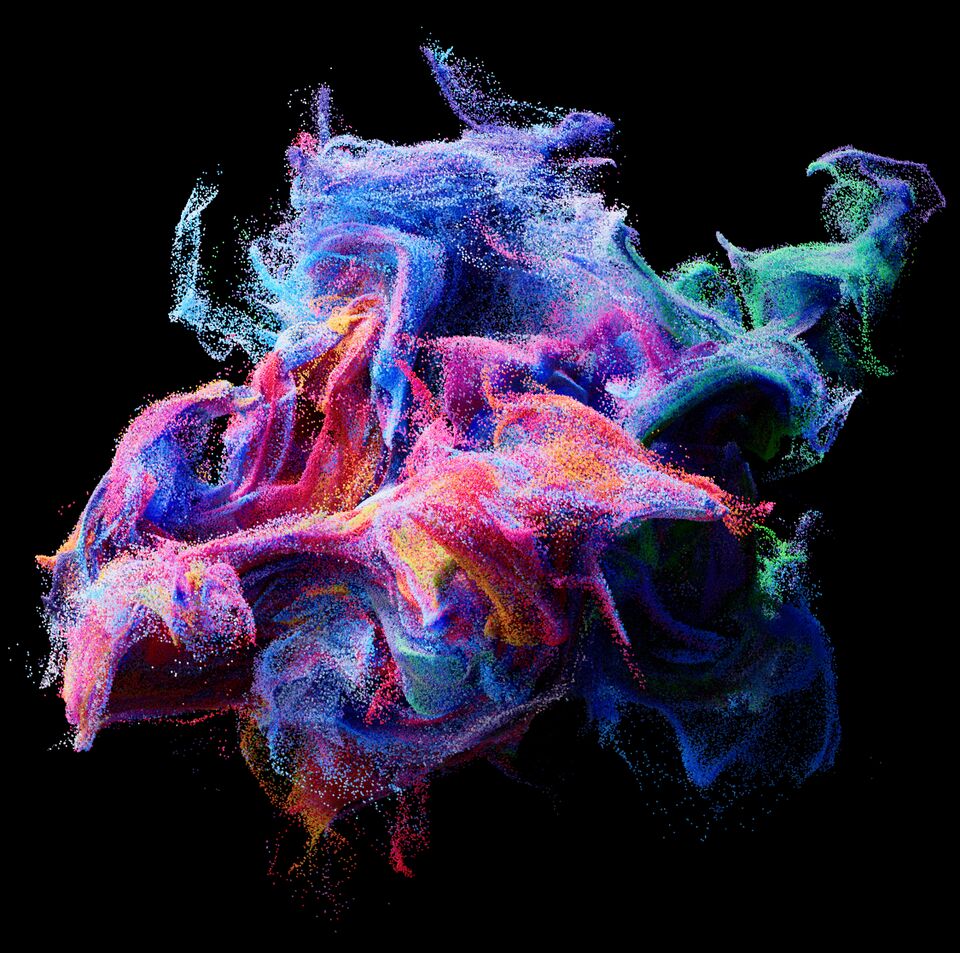Difference between revisions of "Live 2022.09.02"
Views
Actions
Namespaces
Variants
Tools
| Line 16: | Line 16: | ||
== Video On Demand == | == Video On Demand == | ||
<embedvideo service="youtube" dimensions="900x500" urlargs="modestbranding=1&showinfo=0">https:// | <embedvideo service="youtube" dimensions="900x500" urlargs="modestbranding=1&showinfo=0">https://youtu.be/M2Z0o43-Z5g</embedvideo> | ||
* | Â | ||
* | * 0:02:00 Setting things up | ||
* | * 0:10:05 Building procedural particles using for each feedback loop | ||
* | * 0:21:30 Bringing particles into the Stage/Solaris context | ||
* | * 0:28:00 Adding MaterialX shader | ||
* | * 0:35:12 Looking at PBR SSS on particles | ||
* | * 0:39:16 Bringing in particle color to the shader | ||
* 0:40:55 Remapping attributes using color ramp | |||
* | * 0:59:30 Using opacity for a softer shading look | ||
* 1: | * 1:20:20 Importing Flip fluid particle cache to test with Karma | ||
* 1: | * 1:35:13 Wrapping up | ||
Revision as of 08:55, 5 October 2022
Rendering Particles with Solaris, Karma and MaterialX
Scene File
Download the Houdini file: 2022_08_23_materialx_USD_008.hiplc
Summary
Building a shader from scratch in Solaris with MaterialX. The color values are retrieved from the geometry "Cd" attribute and the displacement pattern is generated using MaterialX math nodes to remap the surface position to a waffle grid-like bumpy pattern.
Below is the MaterialX shading network.
Video On Demand
- 0:02:00 Setting things up
- 0:10:05 Building procedural particles using for each feedback loop
- 0:21:30 Bringing particles into the Stage/Solaris context
- 0:28:00 Adding MaterialX shader
- 0:35:12 Looking at PBR SSS on particles
- 0:39:16 Bringing in particle color to the shader
- 0:40:55 Remapping attributes using color ramp
- 0:59:30 Using opacity for a softer shading look
- 1:20:20 Importing Flip fluid particle cache to test with Karma
- 1:35:13 Wrapping up
During the live stream, I didn't connect the height to normal node properly which was causing the shading artifacts. To fix this, you can add a normal map node in between the shader connection like so.
Links
You can read more about using MaterialX in Karma and Solaris here.
The MtlX Standard Surface node is based off of the Autodesk Standard Surface
For more details, see the MaterialX specification on the nodes, functionality and capabilities.
